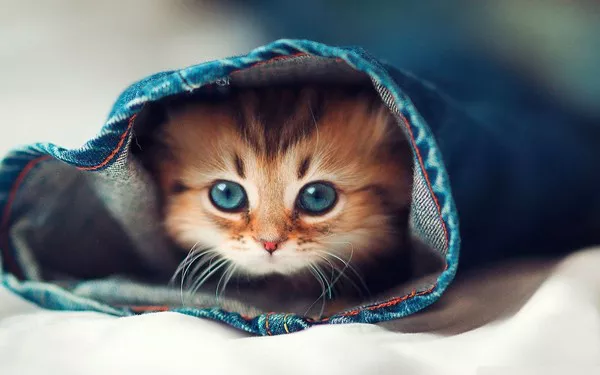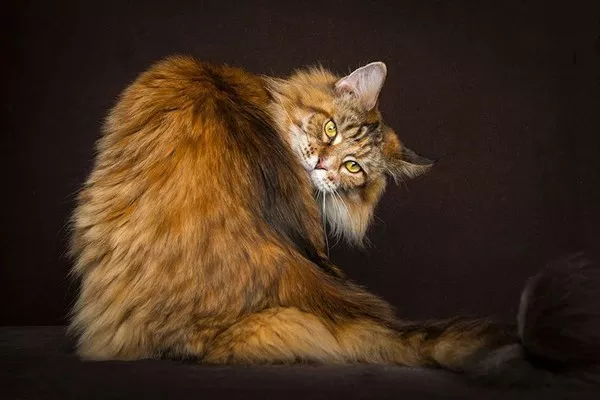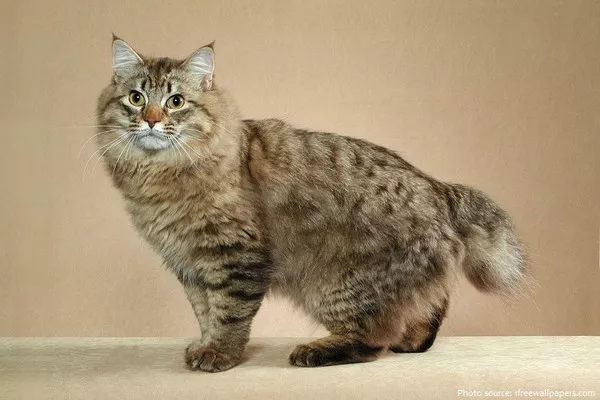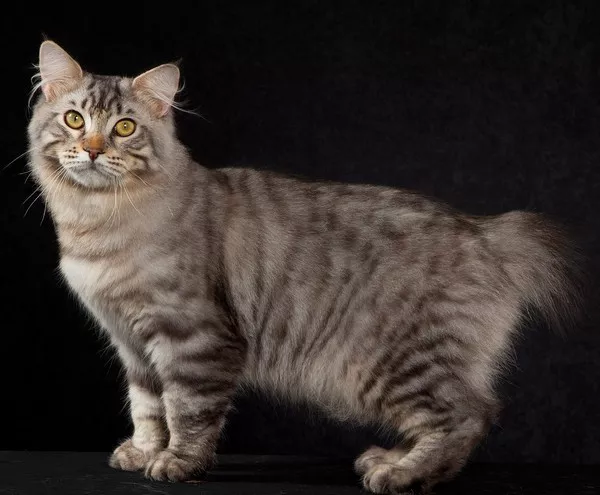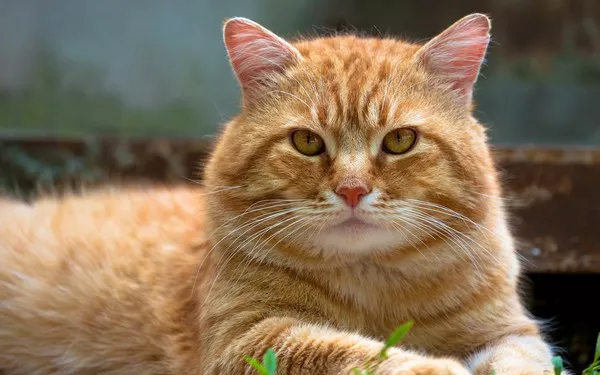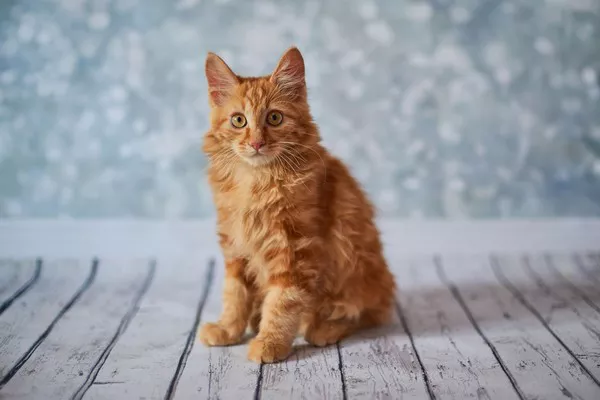The Japanese Bobtail is not just a unique breed of domestic cat; it is deeply intertwined with Japanese culture and folklore, symbolizing good fortune and prosperity. This article delves into the history, characteristics, and cultural significance of the Japanese Bobtail, exploring why it is revered as a harbinger of luck.
Historical Origins of the Japanese Bobtail
The Japanese Bobtail’s origins can be traced back over a thousand years, with its history steeped in both legend and practicality. It is believed that these cats were first introduced to Japan from the Asian mainland, possibly via China or Korea, around the 6th century. The breed was initially valued for its ability to control pests, particularly in silkworm farms, which were crucial to Japan’s economy.
During the Edo period (1603-1868), the Japanese Bobtail became a common sight in households across Japan. Their short, pom-pom-like tails, which are the result of a natural genetic mutation, set them apart from other breeds. This distinctive feature has led to various legends, one of which tells of a cat whose long tail caught fire, prompting an imperial decree to shorten the tails of all cats to prevent future disasters.
Cultural Significance: The Maneki-neko
One of the most significant cultural symbols associated with the Japanese Bobtail is the maneki-neko, or “beckoning cat.” This iconic figure is often depicted as a ceramic cat with one paw raised in a beckoning gesture. The maneki-neko is believed to attract good luck, prosperity, and good fortune to its owner. It is commonly found in homes and businesses, particularly in shops and restaurants, where it is thought to invite customers and success.
The maneki-neko’s connection to the Japanese Bobtail is not merely coincidental; the cat’s appearance in art and literature has solidified its status as a good luck charm. The tricolored variant of the Japanese Bobtail, known as mi-ke, is especially prized for its auspicious qualities. This coloration, featuring white, black, and red patches, is considered the luckiest and is often the preferred design for maneki-neko figurines.
See Also: 10 Unique Bobtail Cat Breeds
Physical Characteristics
The Japanese Bobtail is a medium-sized cat known for its elegant and athletic build. Here are some key physical characteristics:
Tail: The most distinguishing feature is its short tail, which can be straight or curled, resembling a pom-pom. This tail is a result of a recessive gene and is not considered a genetic defect.
Body Structure: They have a long, lean body with a muscular build, which contributes to their agility and playful nature. Their hind legs are slightly longer than their front legs, giving them a unique posture.
Head and Face: The head is triangular with high cheekbones, large ears, and expressive oval-shaped eyes that can be blue, green, or odd-eyed. Their facial features contribute to their charming and inquisitive expressions.
Coat: The coat of the Japanese Bobtail is soft and silky, available in both short and long hair varieties. The breed can come in a variety of colors and patterns, but the most popular is the tricolor pattern.
Personality and Temperament
The Japanese Bobtail is known for its lively and affectionate personality. These cats are highly social, intelligent, and playful, making them excellent companions. Here are some traits that define the breed:
Affectionate Nature: Japanese Bobtails form strong bonds with their human companions. They are known to follow their owners around the house, seeking attention and interaction.
Playfulness: They are highly active and enjoy engaging in play. Their playful antics often include fetching toys, climbing, and exploring their surroundings.
Vocal Communication: This breed is quite vocal, often “singing” in a melodic tone. Their chirps and meows can vary in pitch and intensity, reflecting their mood and desires.
Intelligence: Japanese Bobtails are intelligent and curious, often learning tricks and commands easily. They thrive in environments that provide mental stimulation and physical activity.
Legends and Folklore
The Japanese Bobtail is steeped in folklore, with many stories highlighting its significance in Japanese culture. One popular legend describes a priest who was saved from a falling tree by his cat, which beckoned him to move away just in time. This tale reinforces the belief that the Japanese Bobtail is a protector and a bringer of good fortune.
Another story suggests that the breed’s short tail is a result of an imperial decree following a cat-related disaster, further embedding the breed in the historical narrative of Japan. Such legends contribute to the mystique and reverence surrounding the Japanese Bobtail.
The Japanese Bobtail in Art and Literature
Throughout history, the Japanese Bobtail has been depicted in various forms of art, including traditional paintings, woodblock prints, and contemporary media. Its presence in Japanese culture is significant, often symbolizing luck, happiness, and prosperity.
In modern times, the Japanese Bobtail has found its way into popular culture. Characters resembling the breed appear in anime, manga, and even international films. For instance, the beloved character Hello Kitty is inspired by the Japanese Bobtail, showcasing its enduring appeal and cultural significance.
Care and Maintenance
Owning a Japanese Bobtail requires attention to their physical and emotional needs. Here are some essential care tips:
Diet and Nutrition: A balanced diet is crucial for maintaining the health of a Japanese Bobtail. Owners should provide high-quality cat food that meets their nutritional needs, taking care to monitor their weight to prevent obesity.
Grooming: The grooming needs of a Japanese Bobtail depend on whether they have a short or long coat. Regular brushing is recommended to keep their coat healthy and free of tangles.
Exercise: These cats are energetic and require regular playtime to keep them stimulated. Interactive toys, climbing structures, and engaging activities are essential for their physical and mental well-being.
Health Care: Regular veterinary check-ups are important to monitor their health, vaccinations, and preventive care. Japanese Bobtails are generally healthy, but like all breeds, they can be prone to certain genetic conditions.
Conclusion
The Japanese Bobtail is more than just a breed of cat; it is a cultural icon representing good luck and prosperity in Japan. Its unique physical characteristics, playful personality, and deep-rooted connections to folklore and art make it a cherished companion for many. As a symbol of fortune, the Japanese Bobtail continues to capture the hearts of cat lovers around the world. Whether as a beloved pet or a decorative figure in homes and businesses, the Japanese Bobtail embodies the spirit of good luck, reminding us of the joy and companionship that these remarkable cats bring into our lives.
Related Topics
5 Facts About American Bobtail Cats


